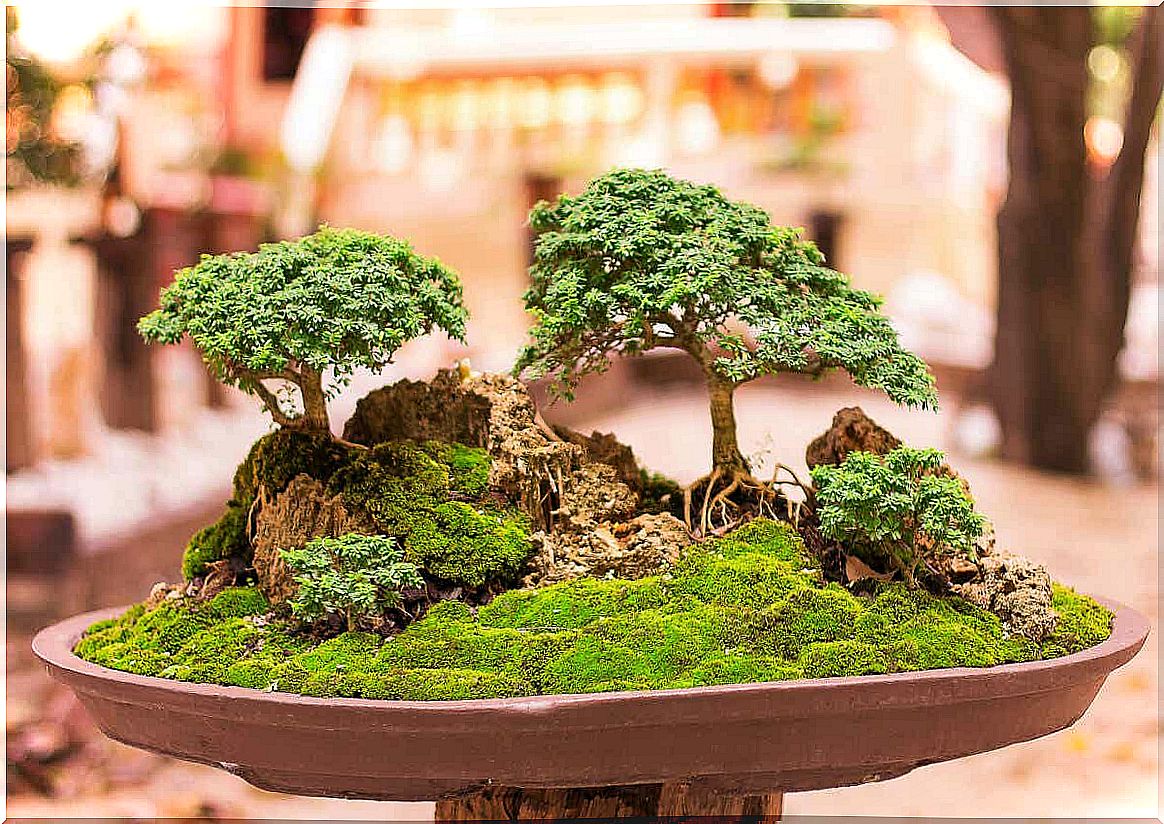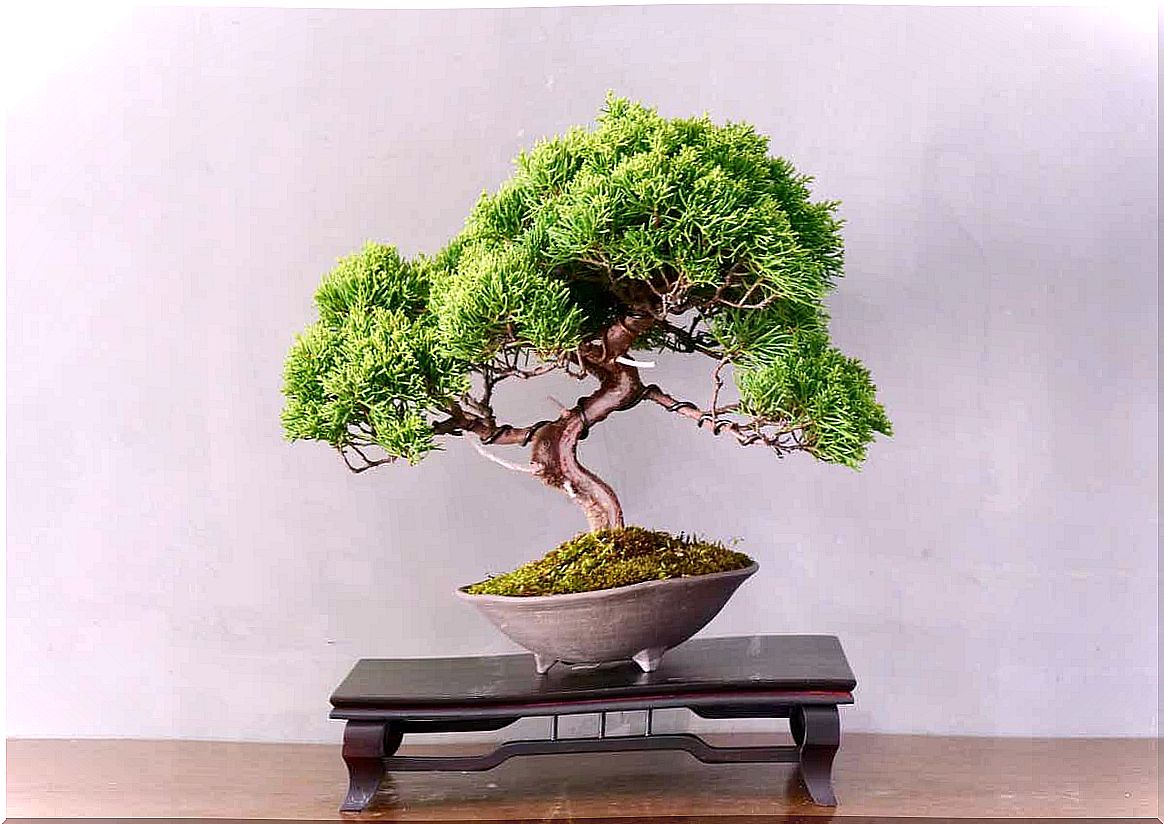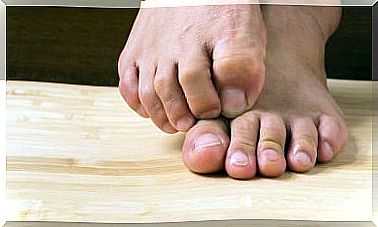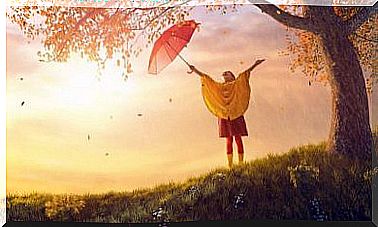Learn How To Make And Care For Bonsai Trees

The bonsai tree trend comes from the Far East. The technique, originally from China, was adopted and renamed by the people of Japan, where they got the name we know today.
The word, bon-sai , an interpretation of Japanese ideograms, is usually translated as ‘planted in a small pot’. This concept refers to miniature trees that can be stored in low pots and in our homes using the appropriate techniques to ward off their growth.
History of bonsai trees
According to the article published by the journal Ciencias de la Universidad Nacional Autónoma de México, art originated in ancient China, where it was called punsai , penjing or pensai .
Taoist monks who lived in isolation in monasteries needed medicinal plants and to save money, they began transplanting whole trees into small containers. These trees were reduced in size in the process. At the same time, they tried to imitate the forms of the animals of Chinese culture in the branches and trunks of the new small trees, such as birds, leopards and dragons.
Between the 10th and 11th centuries, Chinese missionaries exported the technique to Japan. They believed that the cultivation and care of these small trees could bring them closer to the gods. The Japanese adopted the technique, adapted it and renamed it.
In the Western world, bonsai trees debuted in the city of London. This happened at the great exhibition of industries from all nations, held in the Victorian era in 1851. In addition, the first European treatise dealing with the subject was published by the Botanical Society of France and written by J. Vallot in 1889.
What plants can I use to make bonsai trees?
Although there are no restrictions when choosing the plants to create bonsai trees, most people recommend using varieties of plants that can reach high heights with a perennial trunk covered with a solid bark. Here are some recommendations.

Conifers
Today, bonsai created by this type of plants are among the most admired at major exhibitions of the genus. In addition, people have been using conifers to produce bonsai trees for centuries. This is perhaps because it is one of the oldest types of plants on the planet that has survived to this day.
Bushes
Shrubs are ideal plants for forming bonsai trees because they usually have ornamental flowers and leaves. In addition, most of them have small leaves and they are very easy to control the growth of.
Climbers
The climbing plants to be used for this technique are those with a tree trunk. However, you need to prune them regularly to allow them to condense their energy to make their stem thicker.
Trees
As the latter, you can use several species of trees to produce bonsai. Trees are ideal for this technique because most of them tolerate pruning well and have tree trunks.
However, it is important to know that not everyone is suitable. Some of the most recommended for bonsai are elm, maple and small-leaved ficus.
How can I make a bonsai tree?
The first decision you need to make if you want to make bonsai trees is whether to place them in your garden or indoors.
These small trees look very nice indoors if they are part of the decor. However, it is important to keep in mind that it is demanding plants that tend to grow and thrive better outdoors.
Once you have made the above decision, you need pots with drains, water, natural sunlight and of course gigantic amounts of love for your plants.
How long does it take to produce bonsai trees?
One of the most important things about taking care of bonsai trees is pruning them often. You need to do this to give them the desired shape.
This process can take several years, so it’s important to arm yourself with lots of patience!
Materials
As we have already mentioned, in order to make bonsai trees like a professional, it is important to pay attention to the kind of pot in which the tree is to be planted and the quality of the soil. Of course, everything is subject to the type of tree or plant you have chosen.
Let’s look at the following recommendations:
- Choosing a tree to make bonsai : There are different kinds of trees that you can choose to make bonsai trees. They can be ficus, maple or olive trees. The care you need to give each plant depends on the type you chose.
- Pots: To limit the growth of the roots of the tree a lot, choose a pot that has holes in the bottom. In addition, it is recommended to choose a pot that is wide and low.
- Soil quality: The soil should be grainy, have good drainage and not be too dense. Otherwise, it could mean the bonsai trees die.
Step by step on how to make bonsai trees
With this method you make a very prosperous micro-garden with bonsai trees. It will be envied by the whole naoblaget and all your friends. Remember that in order to suppress growth you will need to use techniques. These techniques are pruning, a minimal application of fertilizer and the suppression of the shoots.
- Adjust the pot: You must place a grid or light net over the drain holes to prevent excess water from coming out of the pot.
- Clean and care for the roots: With a brush, remove all traces of the original soil from the roots of the tree, as it is not the same as we use to make the bonsai trees. However, you may need to prune some roots to allow the plant to get more comfortably into the pot.
- Plant the tree: Finally, place the plant in the pot you have prepared and add the soil. Be careful not to put it too lumpy.

Bonsai trees in visual art
In conclusion, there is no doubt that the formation and care of bonsai trees is an art in itself. In addition, this is demonstrated in the article published in Agro Productividad magazine. Its author assures that these trees express beauty and splendor.
He also raises the bar for the art of bonsai trees. He mentions that one way to make it more interesting is by creating miniature landscapes, where you take the tree in question as a starting point. Among the types of landscape are mountain ranges, an overhanging cliff or cliffs.
So what are you waiting for? Try making bonsai trees!









